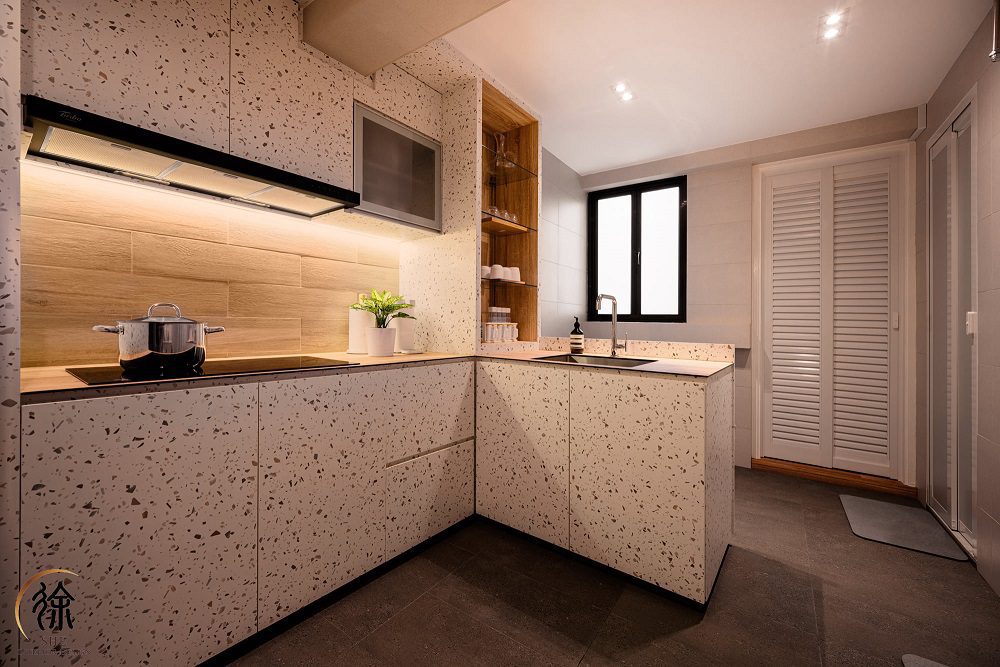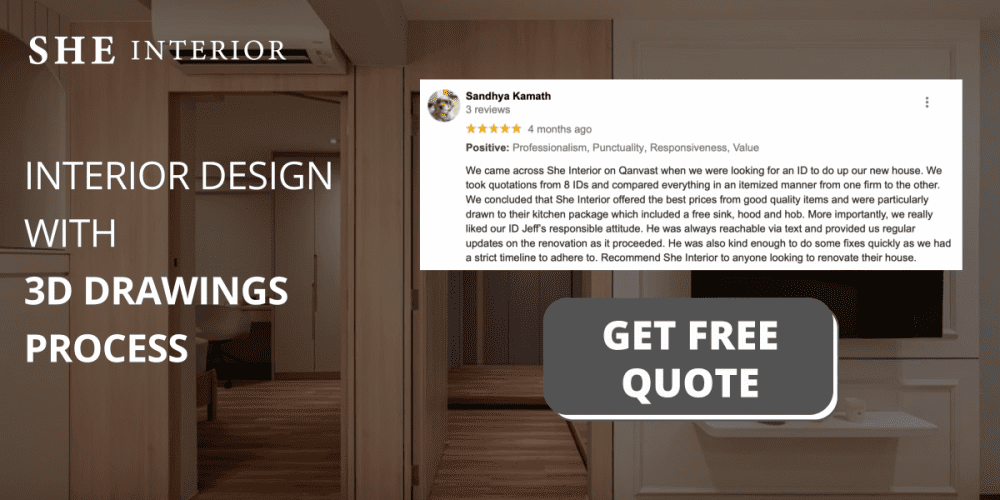The kitchen is often the most used room in the house and is also the center of family life. You might be tempted to invest in beautiful wood countertops for your kitchen, but why not consider investing in a kitchen cabinet or two that are made out of PVC instead? This type of cabinet can offer some benefits over the traditional wooden alternatives, and the price difference may surprise you. Read on to discover what you should know about PVC kitchen cabinets before making a decision.

PVC Material for Kitchen Cabinets
PVC material, often known as poly-vinyl chloride, is a type of composite plastic sheet. It seems sense that the first thing that comes to mind when Poly-Vinyl Chloride, or PVC, is pipe, bathroom, or plumbing material. Today, however, PVC is used for a wide range of different things thanks to its strength and accessibility. PVC has become more well-liked as a material for kitchen cabinets as demand for modular kitchens has increased.
There are two types of PVC board for kitchen cabinets: PVC foam boards and PVC hollow boards. PVC foam boards are thicker and more durable than hollow boards, despite their name implying otherwise. While both PVC material types can produce a glossy or matte appearance, PVC hollow boards have a lower thermal resistance and frequently sag more sooner due to a lack of strength than PVC foam boards.
Pros of PVC Kitchen Cabinets
Easy to install
The PVC material for kitchen cabinet design is available in a variety of colors and in boards that are ready to be installed without extra fastening. These pre-assembled boards are portable and simple to set up in your kitchen. Not even extra laminations or fitting kitchen cabinet designs are necessary.
Durability
PVC foam boards are stronger and more resilient than other PVC products. Additionally, PVC material is rot-proof and lasts longer without suffering any significant damage.
Economical
When compared to wooden cabinets, PVC materials are more affordable and practical. Comparable to PVC foam boards, PVC hollow boards are less expensive. But PVC hollow boards are weak and are only recommended for temporary kitchen cabinets.
Easy to replacing
PVC products are widely accessible on the market. As a result, replacing PVC boards or sheets at any moment won’t be too difficult.
Resistant
You won’t have to be concerned about termites, wood borers, or other insects ruining your cabinets if you choose PVC. These materials are corrosion-resistant, waterproof, oil-proof, and termite-free. The material won’t change after it’s placed.
Zero maintenance
PVC cabinets are incredibly simple to clean and don’t retain any stains, especially considering the material is plastic. This indicates that PVC requires very little upkeep.

Cons of PVC Kitchen Cabinets
Minimal fire resistance
In the kitchen, furniture is frequently exposed to heat, oil, and water. Low thermal and fire resistance is a characteristic of PVC board kitchen cabinets. Therefore, you must exercise extreme caution when installing PVC cabinets in your kitchen.
Prone to abrasions
PVC cabinets are made of plastic, so with time they may develop scrapes or scratches that, regrettably, cannot be repaired. You must take care to avoid placing any sharp objects directly on the cabinet planks.
Low hardware compatibility
PVC boards are simple to use and install, but their hardware is challenging. These PVC boards sag as a result of the screws and hinges that were used to join them becoming loose over time. PVC boards’ gripping power is therefore inferior to that of other materials like plywood or real wood.
If looking specialist for a new interior design with 3D drawings process
SHEINTERIOR is the perfect solution for those who are looking specialist for a new interior design with 3D drawings process. Our services include the entire project management process from conception to construction, including architectural and engineering services. SHEInterior is the perfect solution for all your interior design needs. Get your best home design plan and result with us! Contact us here for more information.


